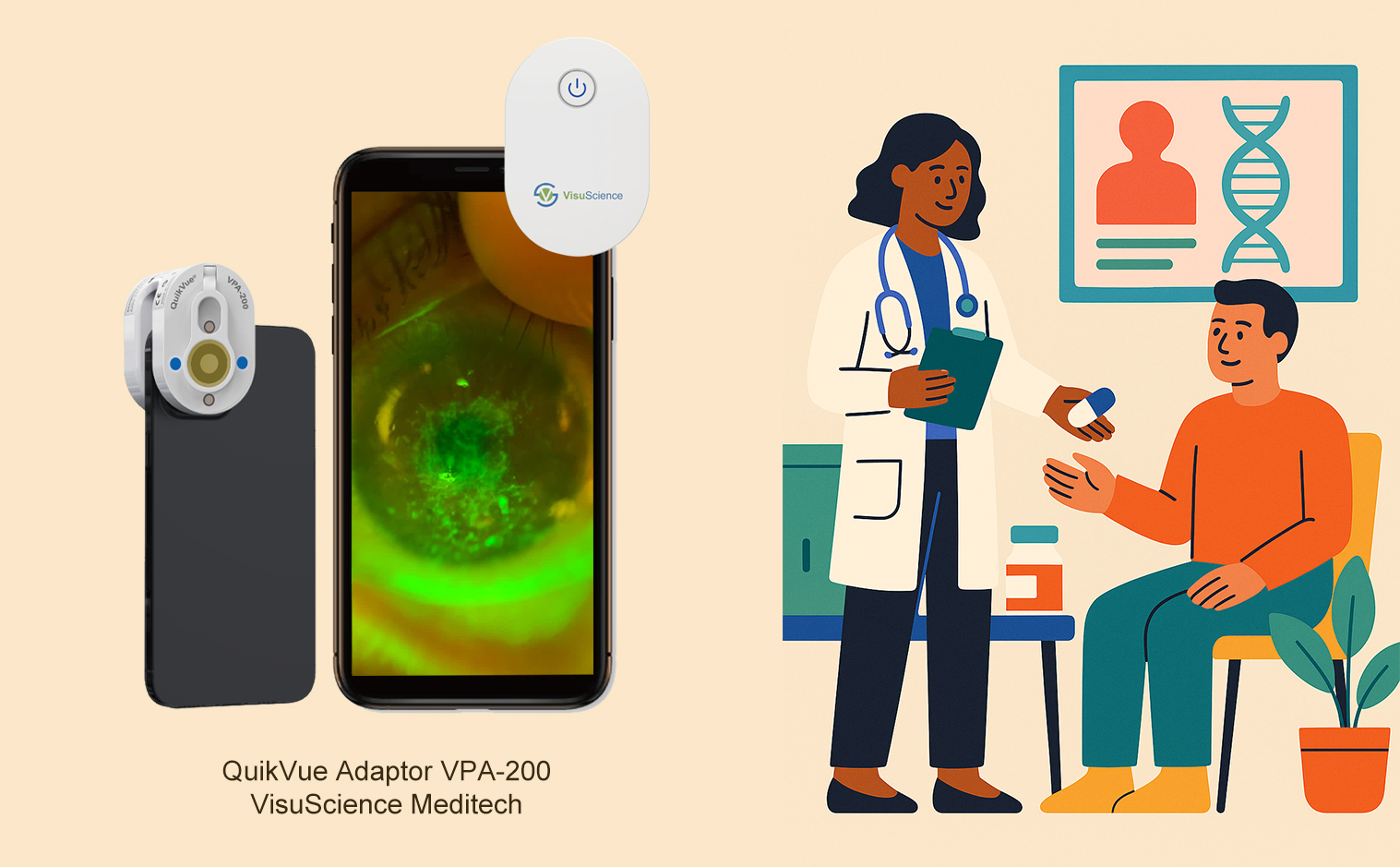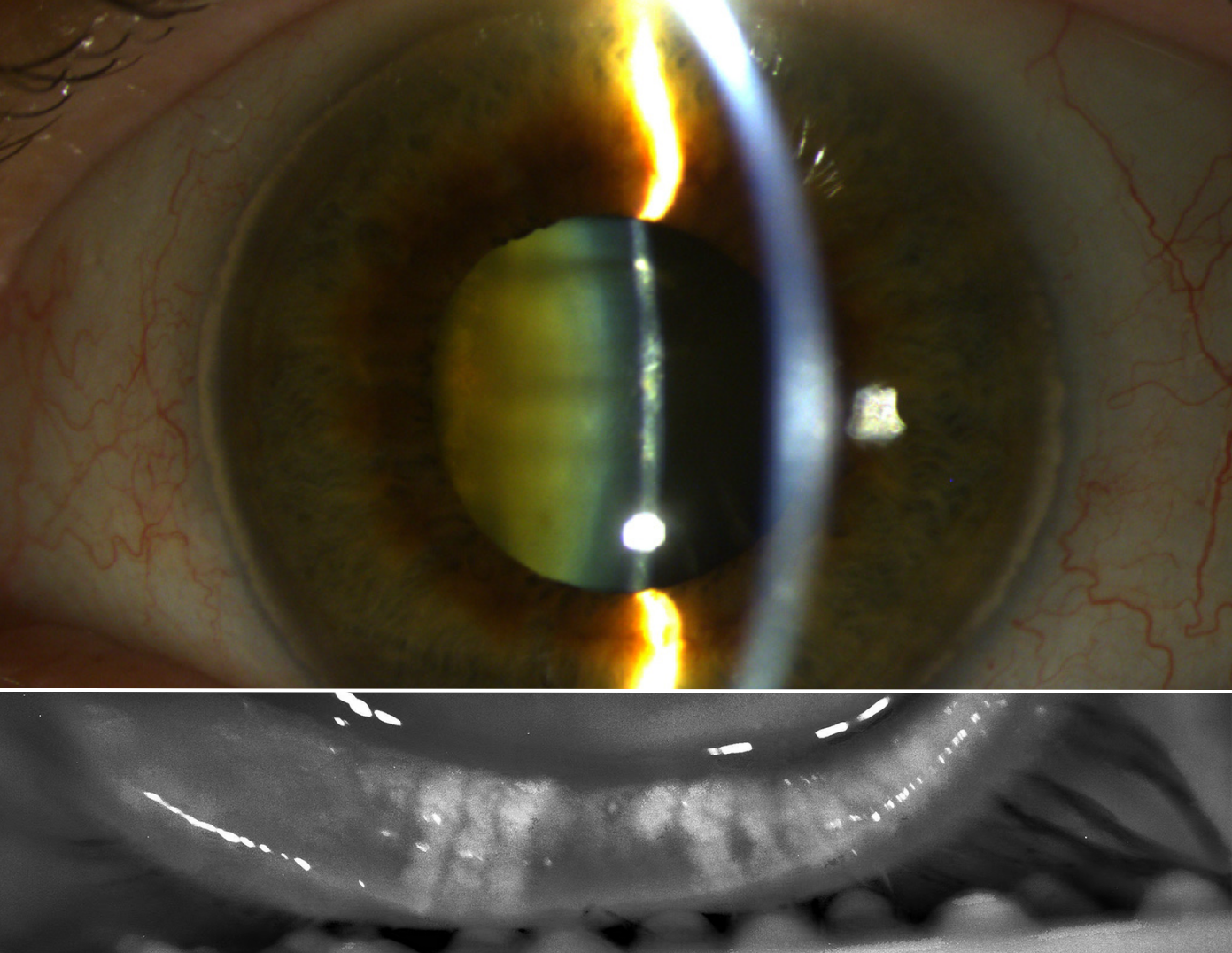Quikvue vétérinaire Amaurose bilatérale de cas dans un chat européen
Nous sommes heureux de partager une étude de cas Vet capturée par l'adaptateur d'imagerie oculaire Quikvue de Dr Vet Viroux.
Un chat européen de 8 ans stérilisé a été présenté pour une mydriase bilatérale sans perte de vision.
Examen clinique: No abnormalities were found.
Examen ophtalmologique: The menace response and Dazzle reflex were both positive, but the pupillary light reflexes were negative. The iris showed no atrophy, and the fundus was normal.
Une atteinte neurologique était suspectée, and an MRI exam was recommended but not performed at that time.
Trois mois plus tard, the cat was presented again with disorientation and vision loss progressing over several days.
Examen clinique: No abnormalities were found, and blood pressure was normal at 150 mmHg.
Examen ophtalmologique: This time, a negative menace response was observed on the right and diminished on the left, with a negative Dazzle reflex. The rest of the examination was unremarkable.
Examen IRM was recommended again to explore intracranial causes, which was accepted this time. The MRI revealed a large mass invading the pituitary fossa and optic foramina, along with subtle signs of intracranial hypertension.
Explication: The nerve fibers responsible for the pupillary light reflex decussate after the optic nerve decussation, caudal to the optic chiasm. This anatomical feature could explain why bilateral mydriasis occurred before vision loss, as these neural pathways do notparticiper à la vision.










